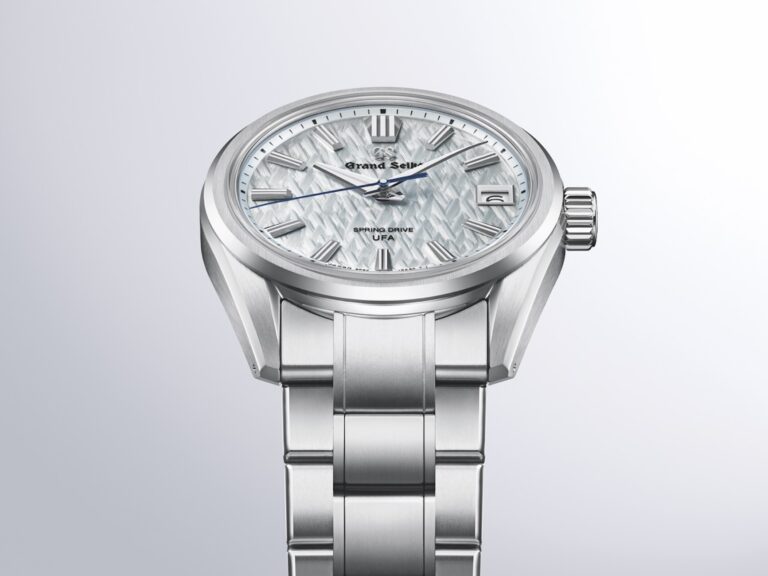Longines Marks a Century of Global Timekeeping with the Spirit Zulu Time 1925
The centenary piece anchors a collection that has grown with additional steel references in 39 and 42mm, while the Spirit Pilot and Spirit Pilot Flyback broaden the aviation story.
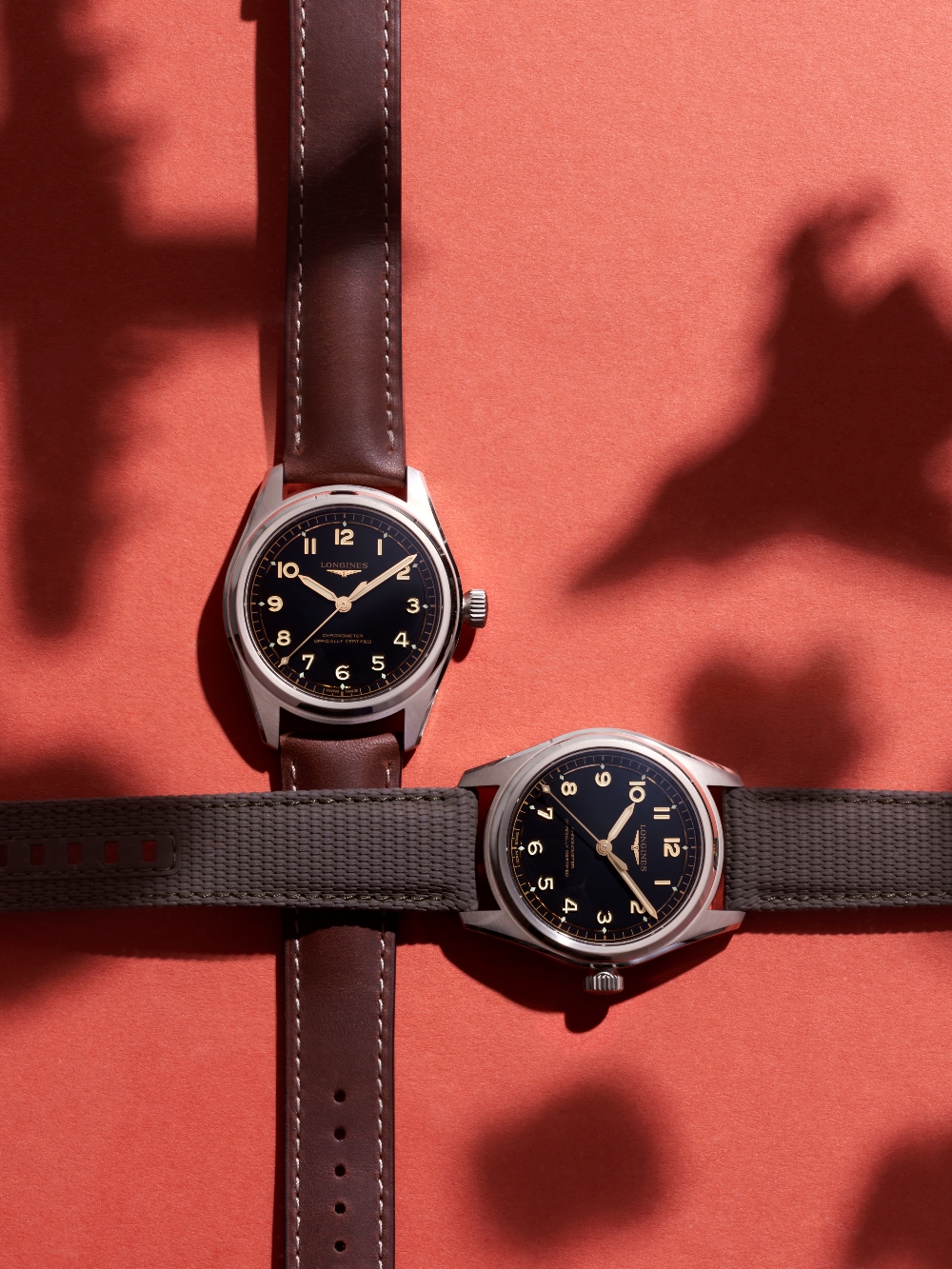
(Image photographed by Ching@GreenPlasticsSoldiers with Styling by CK Koo.)
In 2025, Longines celebrates a milestone that resonates far beyond the watchmaking world: the centenary of the first dual timezone wristwatch, the Zulu Time of 1925. Marking this historic achievement, the manufacture has introduced the Longines Spirit Zulu Time 1925, a commemorative timepiece that embodies a century of innovation across meridians. More than a watch, it is a reminder of how humanity’s relationship with time has been shaped by exploration, aviation, and global connectivity. The Spirit Zulu Time 1925 serves as both a tribute to the past and a beacon for the present-day traveller, while the new Spirit Pilot three-hands and Spirit Pilot Flyback illuminate how the broader Spirit pillar continues to translate heritage into contemporary tool watches.
THE INVENTION OF GLOBAL TIME
The concept of Zulu Time cannot be understood without recalling the revolution in timekeeping that unfolded during the late nineteenth century. Before the adoption of standard timezones, each town kept its own local solar time. Railways, telegraphy, and later aviation exposed the confusion this created when timetables needed to align across borders. In 1884, the International Meridian Conference established Greenwich as the Prime Meridian and divided the globe into 24 timezones. In military and aviation practice, the designation Z became shorthand for zero meridian time, later called Zulu Time in the NATO phonetic alphabet. For pilots and navigators, Zulu Time eliminated ambiguity, ensured coordinated action across continents, and became a foundation for safe travel.
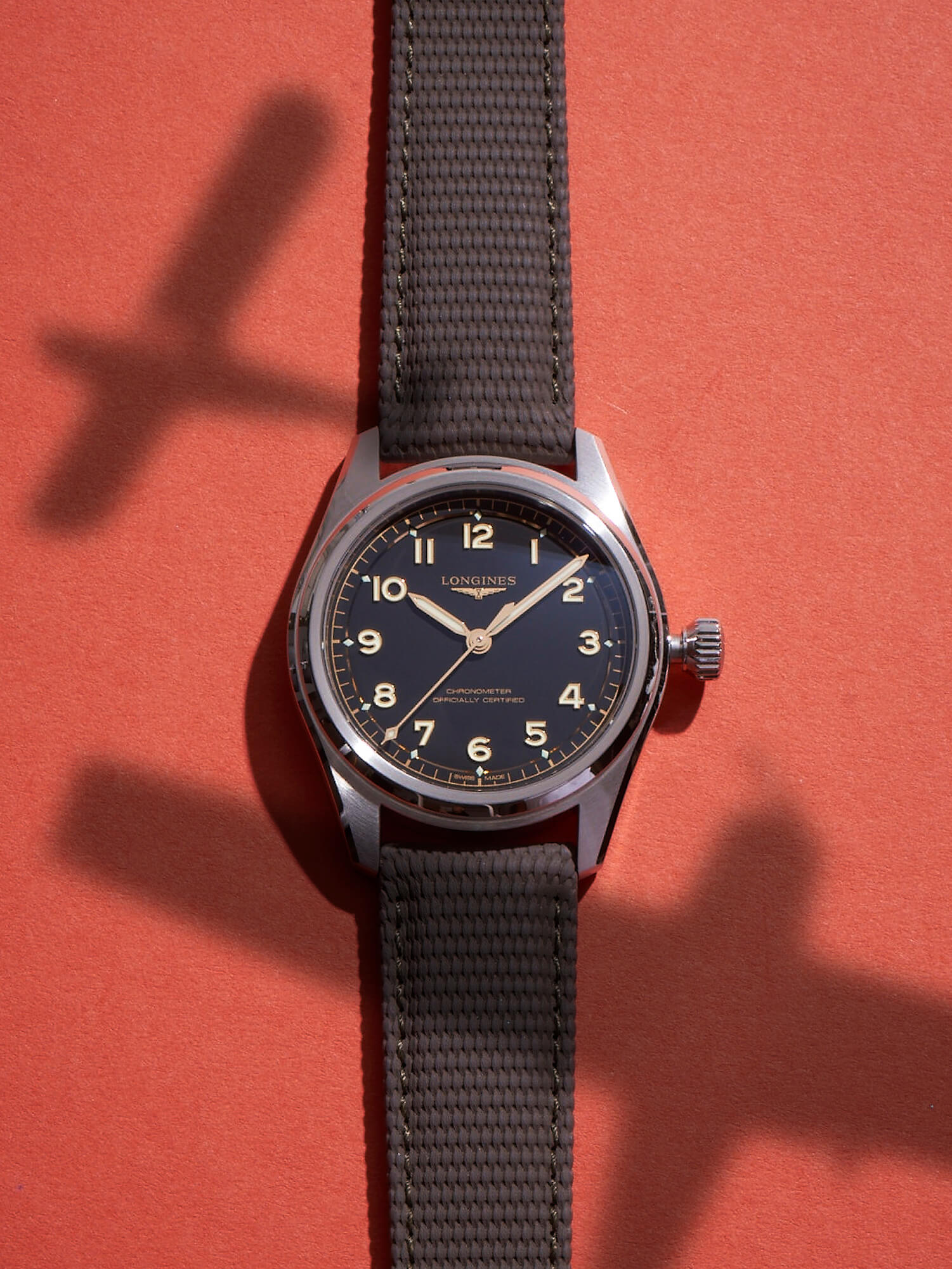
Longines was among the first watchmakers to translate this new global language into mechanical form. By 1908, it had supplied the Ottoman Empire with dual timezone pocket watches that would be patented in 1911 and later recognised as the Turkish Watches. These instruments displayed two sets of hours and minutes on a single dial so that a traveller could read both the local standard and the time at the capital. The principle was simple. The effect on explorers and administrators was profound. In a world that was learning to coordinate by telegraph and radio, a machine that could keep two times at once was more than a curiosity. It was a practical tool in the march of time.
In 1925, Longines advanced the story by launching the Zulu Time wristwatch, the first of its kind.
The dial carried the colourful maritime flag for the letter Z as a direct nod to the zero meridian at Greenwich. What had been a naval and aeronautical code became a legible signal on the wrist. The Zulu Time was not a mere ornament; it was destined for pilots, naval officers, and travellers who moved between regions where schedules were no longer parochial. This was not a mere aesthetic shift from pocket to wrist; it transferred navigational language into personal timekeeping.
FROM TURKISH WATCHES TO COCKPIT INSTRUMENTS
The Zulu Time wristwatch of 1925 did not appear in isolation. It built upon years of experimentation in multi-timezone mechanics and on the industrial methods that made such watches reliable. The Turkish Watches of 1908 had already proven that Longines could design instruments to serve empires spanning continents. They were large and robust pocket chronometers with dual sets of hands, and they demonstrated that dual time could be made both readable and dependable.
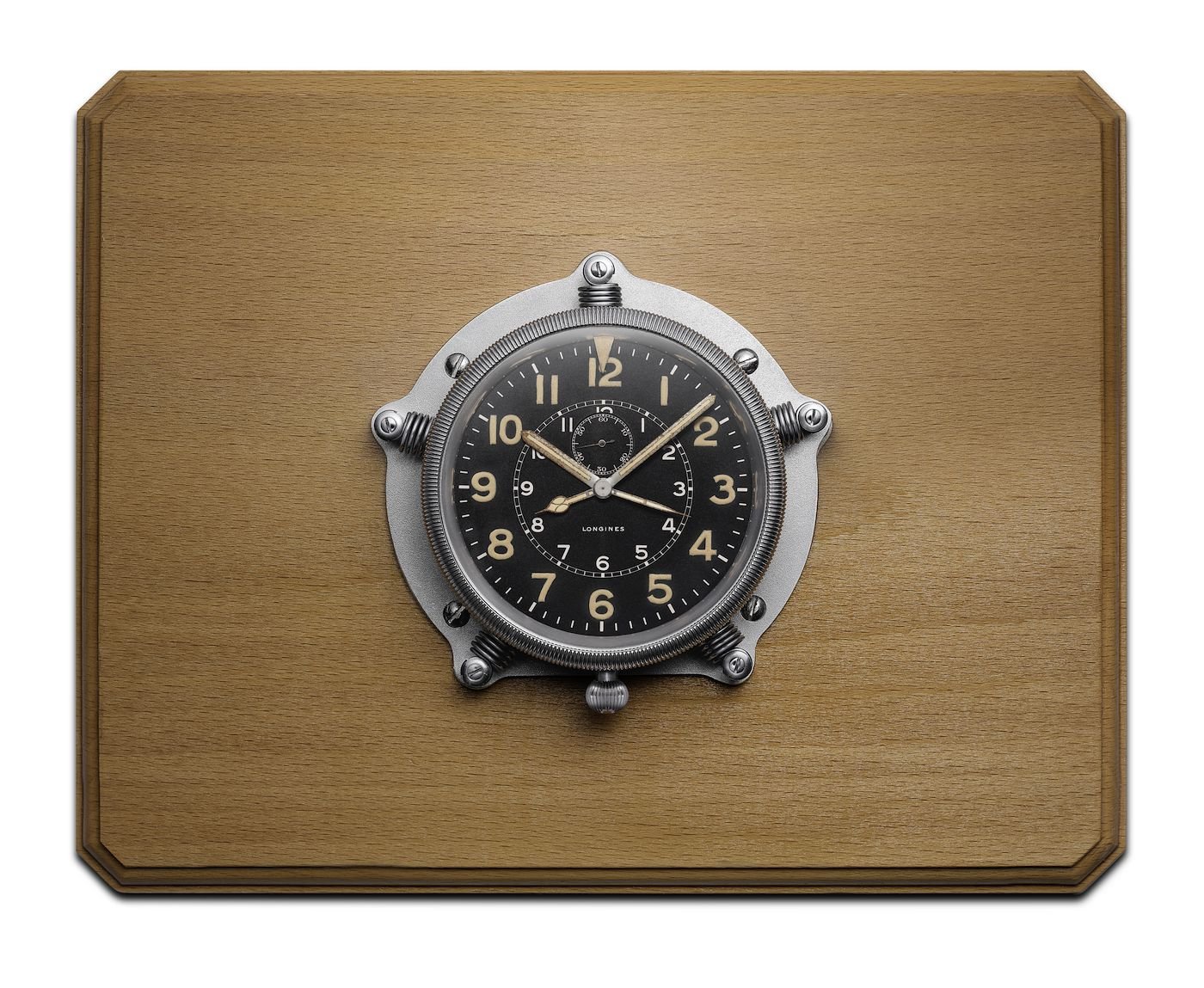
By 1930, Longines was producing cockpit clocks with dual hands and 24-hour dials. One of these instruments accompanied the aviators Clyde Pangborn and Hugh Herndon on their daring nonstop Pacific crossing in 1931. Cockpit clocks were often equipped with pushers that allowed precise synchronisation to radio time signals. Accuracy was not a matter of luxury in this environment. It was the difference between a safe approach and a dangerous error when calculating position by dead reckoning (a method of navigation relying on estimating one’s current track, groundspeed and position based on earlier known positions). These cockpit instruments and Zulu Time wristwatches share a design philosophy: both treated time as a navigational tool rather than an elegant display.
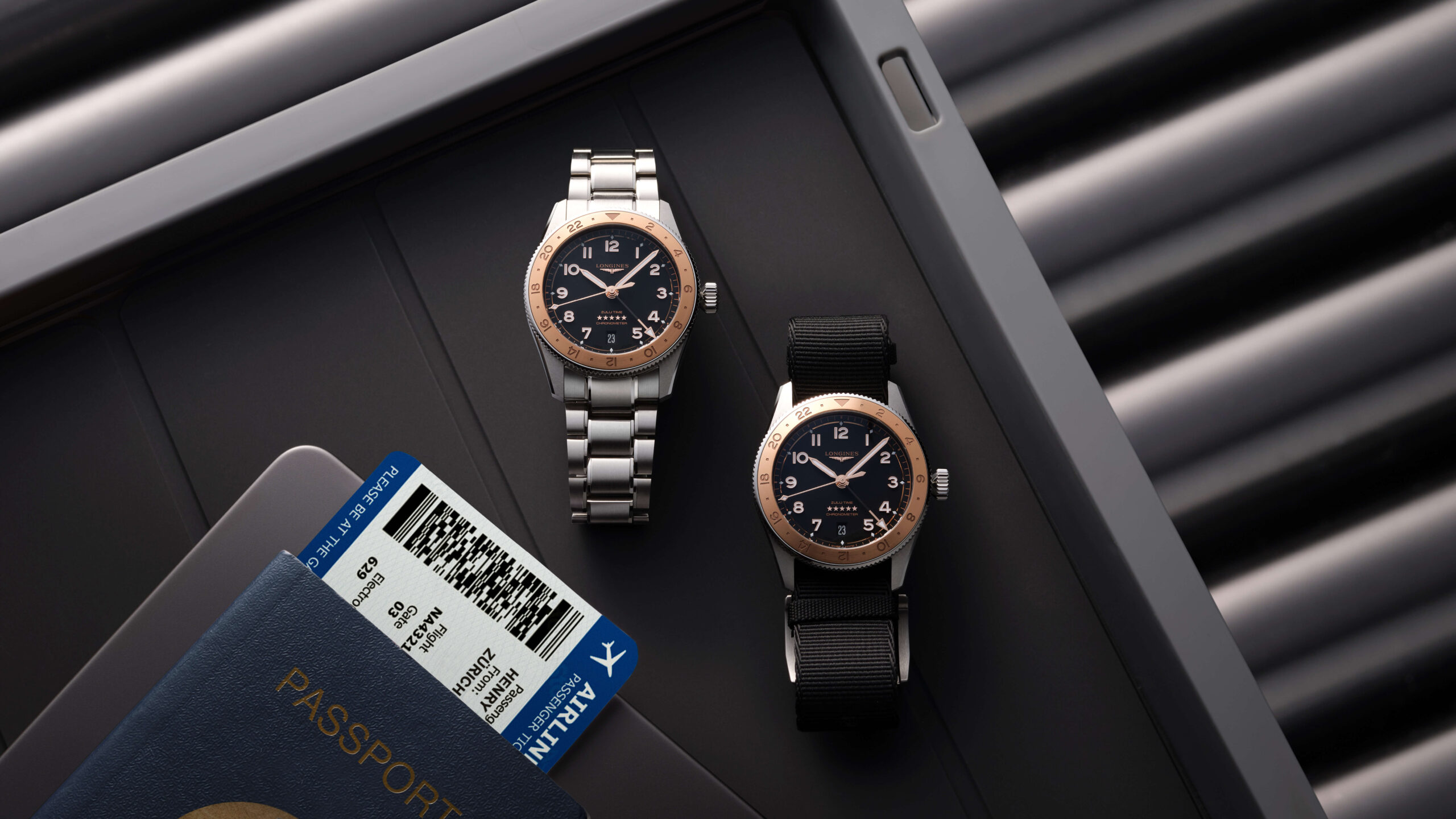
The interwar years saw Longines refine a family of navigation watches for the wrist. The Weems Second Setting wristwatch, developed with US Navy officer Philip Van Horn Weems, allowed pilots to adjust a secondary scale to match radio time signals. The Lindbergh Hour Angle Watch of 1931, designed with Charles Lindbergh after his solo Atlantic crossing, converted celestial navigation into a calculation that could be performed on the dial and bezel. Taken together, these creations reveal a coherent programme of horological solutions for aviation. Zulu Time sits within this continuum as the wristwatch embodiment of global time standardisation.
Viewed through calibres, the early dual-time wristwatches drew on the 10.68 family to adapt clear second-zone indications to compact cases and to habits shaped by radio-signal synchronisation. That design logic flows directly to today’s traveller-GMT architecture in calibre L844.4, which jumps the local hour cleanly while the movement runs, pairs with a silicon balance spring for rate stability, and carries chronometer certification as a superb mark of reliability.
RATIONALISATION AND PRECISION INSIDE THE SAINT-IMIER MANUFACTURE
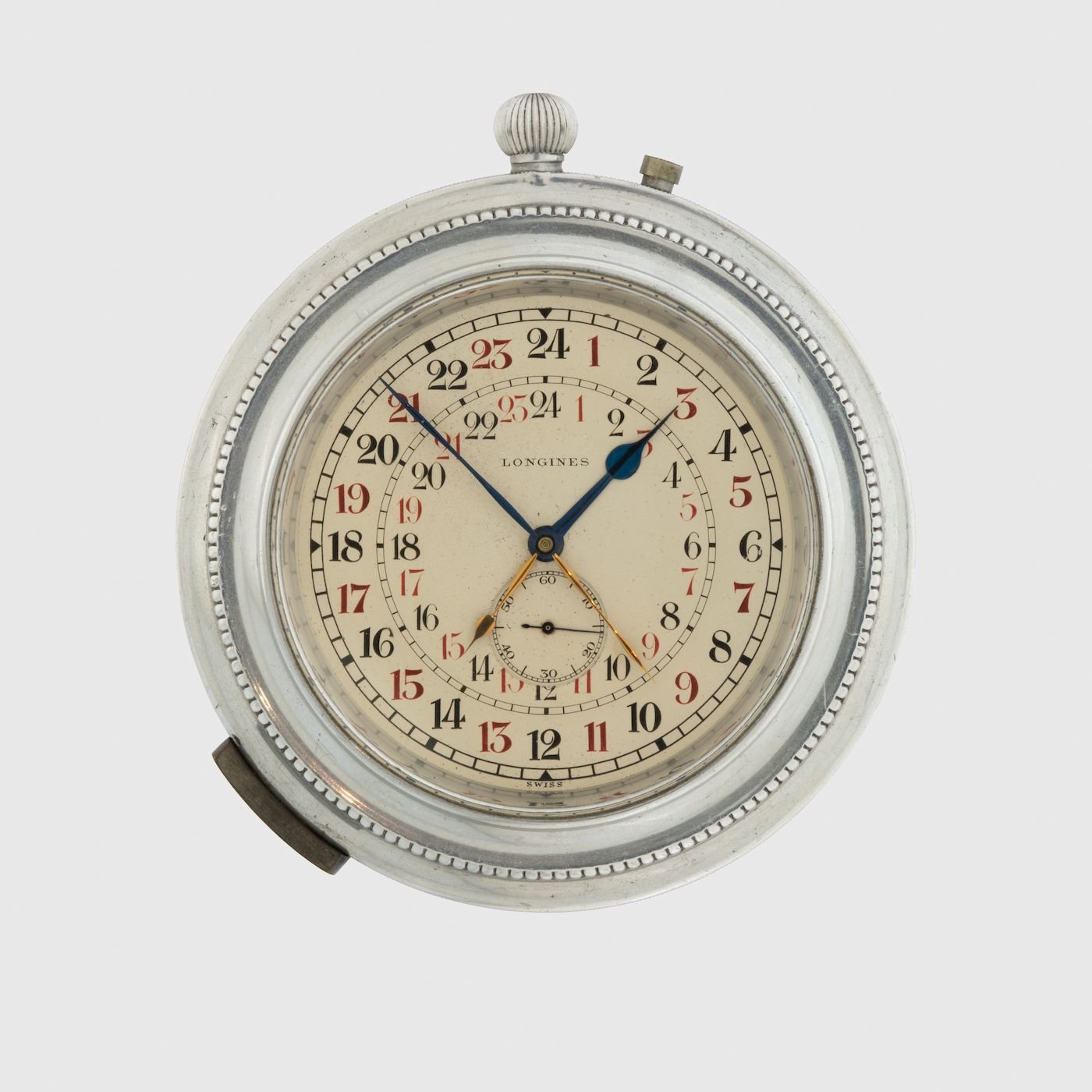
A century of accurate travel timepieces did not arise from inspiration alone. The historical records show that between 1900 and 1935 Longines produced a remarkably diverse catalogue that ranged from jewelled pieces to rugged chronographs. The burden of unsold stock grew in the early decades of the century and demanded new methods. Under technical director Pfister, the factory embraced rationalisation. Interchangeability of parts between families of calibres reduced inventory and made servicing more efficient, while modern industrial accounting clarified costs. The aim was to keep quality high while controlling overheads.
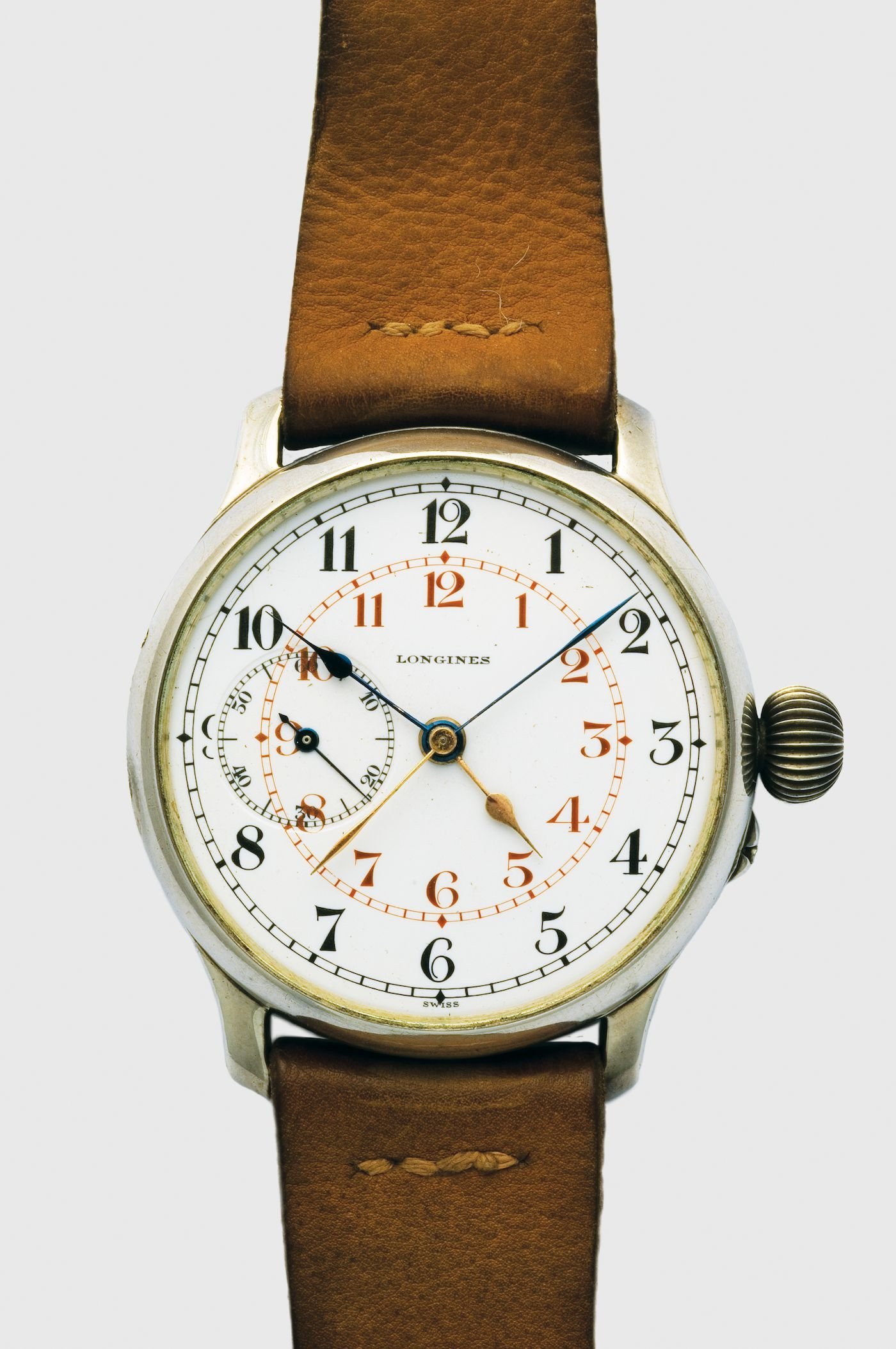
During the economic shocks of the 1930s, when competitors offered cheaper metal watches, Longines doubled down on precision and reliability. It developed calibres for simple mass-produced models that still met the firm’s standards, and it used observatory competitions at Neuchâtel, Kew Teddington, Washington, and Geneva to demonstrate performance in public. Arguably, improvements in accounting standards and rigorous industrial standards played a part in keeping time running smoothly in a time of crisis.
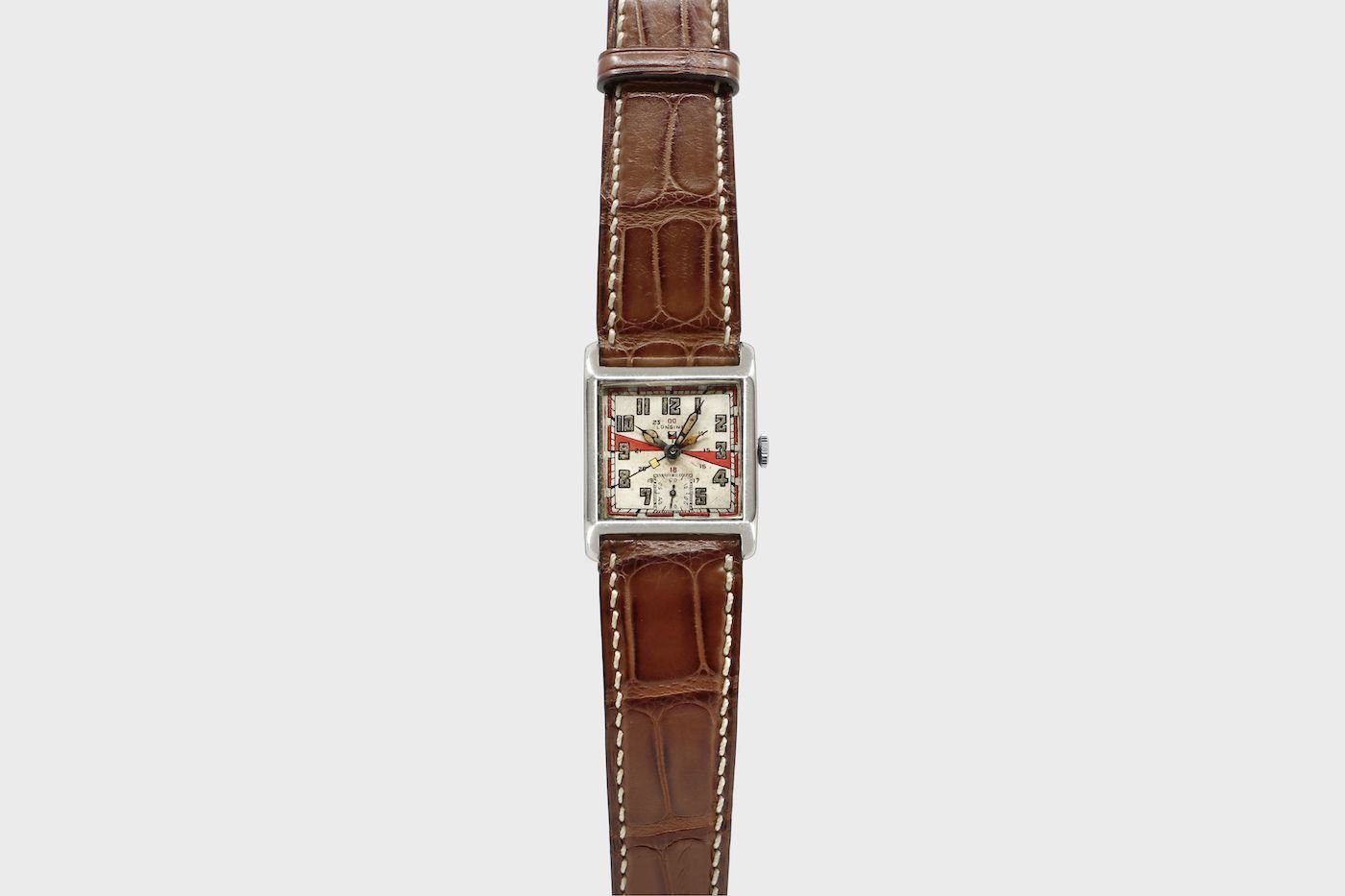
This internal discipline supports the outward story of exploration and sport. It explains how the firm could supply cockpit clocks to transoceanic flights; how it could pivot to traveller watches with dual indications; and how it could keep tolerances tight enough for navigation. The romance of aviation lives in photographs of airfields and brave crews. The engineering lives at on the production lines and in the ledgers.
SPIRIT ZULU TIME IN THE CONTEMPORARY COLLECTION
The contemporary Spirit Zulu Time was first introduced in 2022 with 42mm models that established the look of the current family, as we have covered extensively in our Festive issue cover story that year. These watches bore ceramic bezels, bold numerals, and chronometer-rated GMT calibres.
In 2023, Longines introduced a 39mm option that delivered the same functionality in a more compact case, and certain versions added precious metal accents. The year after, a titanium model underscored the collection’s intent to marry heritage with contemporary materials – something we love and applaud here. If for no other reason, this is because this intent is appealing to travellers who value lightness and durability, as many do (anecdotally).
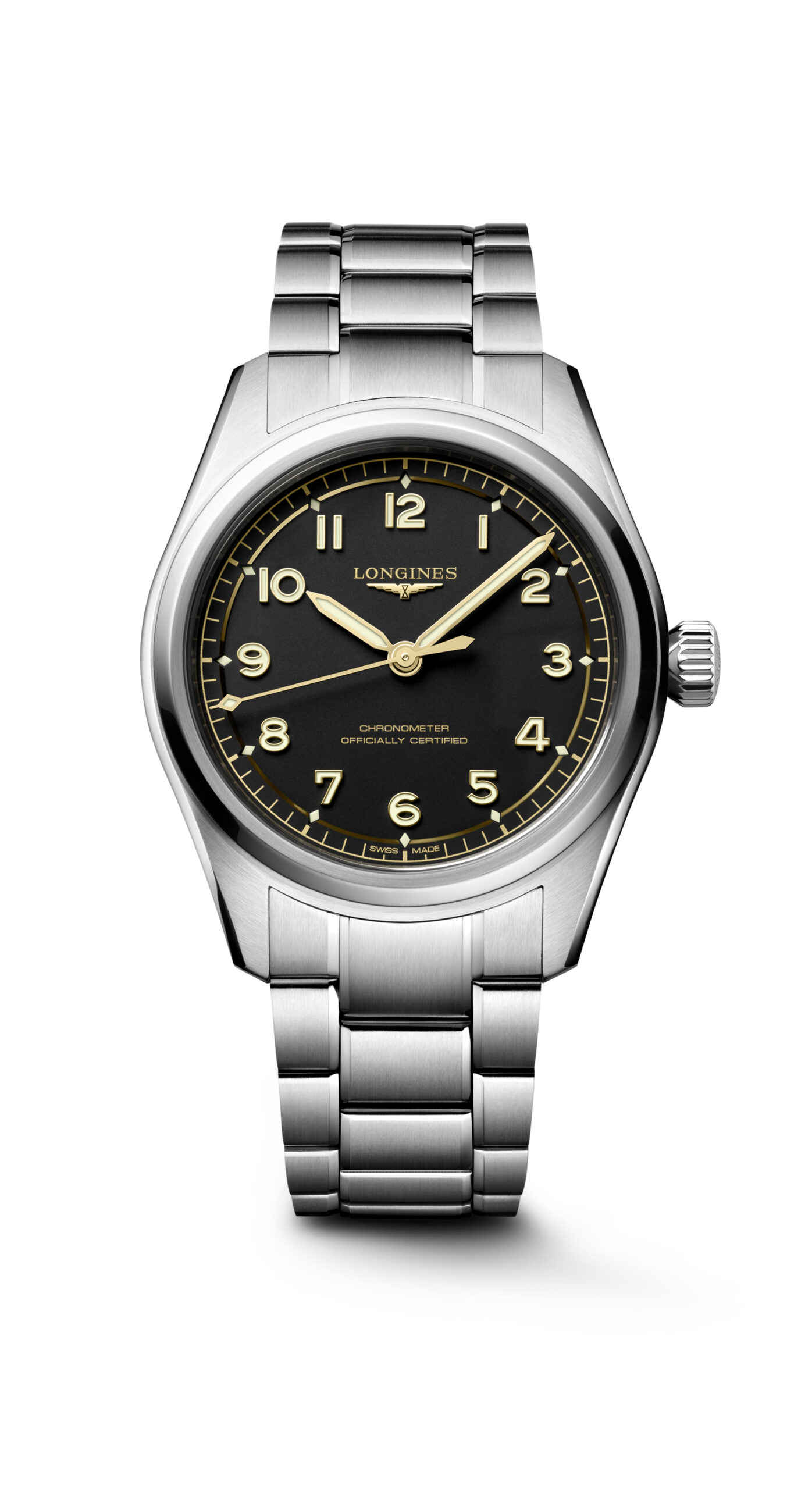
In 2025, the collection is enriched by four new executions, besides the commemorative reference
L3.803.5.53.6 (with the 18k rose gold cap). There are two models bearing black dials with rose-gold accents, and two models with blue ceramic bezels paired with anthracite dials. Specifically, for the avoidance of doubt, two stainless-steel references with black dials and day–night black ceramic bezels are offered: L3.802.4.50.6 (39mm) and L3.812.4.50.6 (42mm). Both feature rose-gold-coloured applied Arabic numerals and hands, a two-tone 24-hour scale split into matt and polished black on the bezel, and the same L844.4 traveller GMT movement. Complementing these are the blue-bezel, anthracite-dial executions L3.802.4.60.6 (39mm) and L3.812.4.60.6 (42mm), characterised by yellow gold- coloured hands and numerals treated with Old Radium Light SuperLuminova.
All are water-resistant to 100m; have domed sapphire crystals with multi-layer anti-reflective treatment on both sides; and sport stainless-steel bracelets with quick interchangeability. It should go without saying that all Spirit Zulu Time references share the same commitment to accuracy and practical legibility across timezones.
The centenary year also brings a clearer articulation of the emotional side of travel. In campaign imagery fronted by Henry Cavill, a single question serves as a refrain for people working and living apart: what time is it there? The watch becomes a quiet language that mediates calls, arrivals, and departures, and in that role the dial’s clarity and the calm rhythm of a traveller GMT take on a meaning beyond mechanics.
Although the line speaks most directly to civilian travellers today, its design maintains a connection with the brand’s role in international navigation. The dual-time function sits at the centre of the design. The bezel’s 24-hour scale enables a third timezone (should one feel the need to go the extra mile), and the jumping local hour adjusts to timezone changes without disturbing the minutes or seconds. This is exactly what a traveller needs at an airport gate or on a late arrival, when coordination depends on a quick and confident adjustment.
A BROADER CONTEXT: SPIRIT PILOT AND SPIRIT PILOT FLYBACK
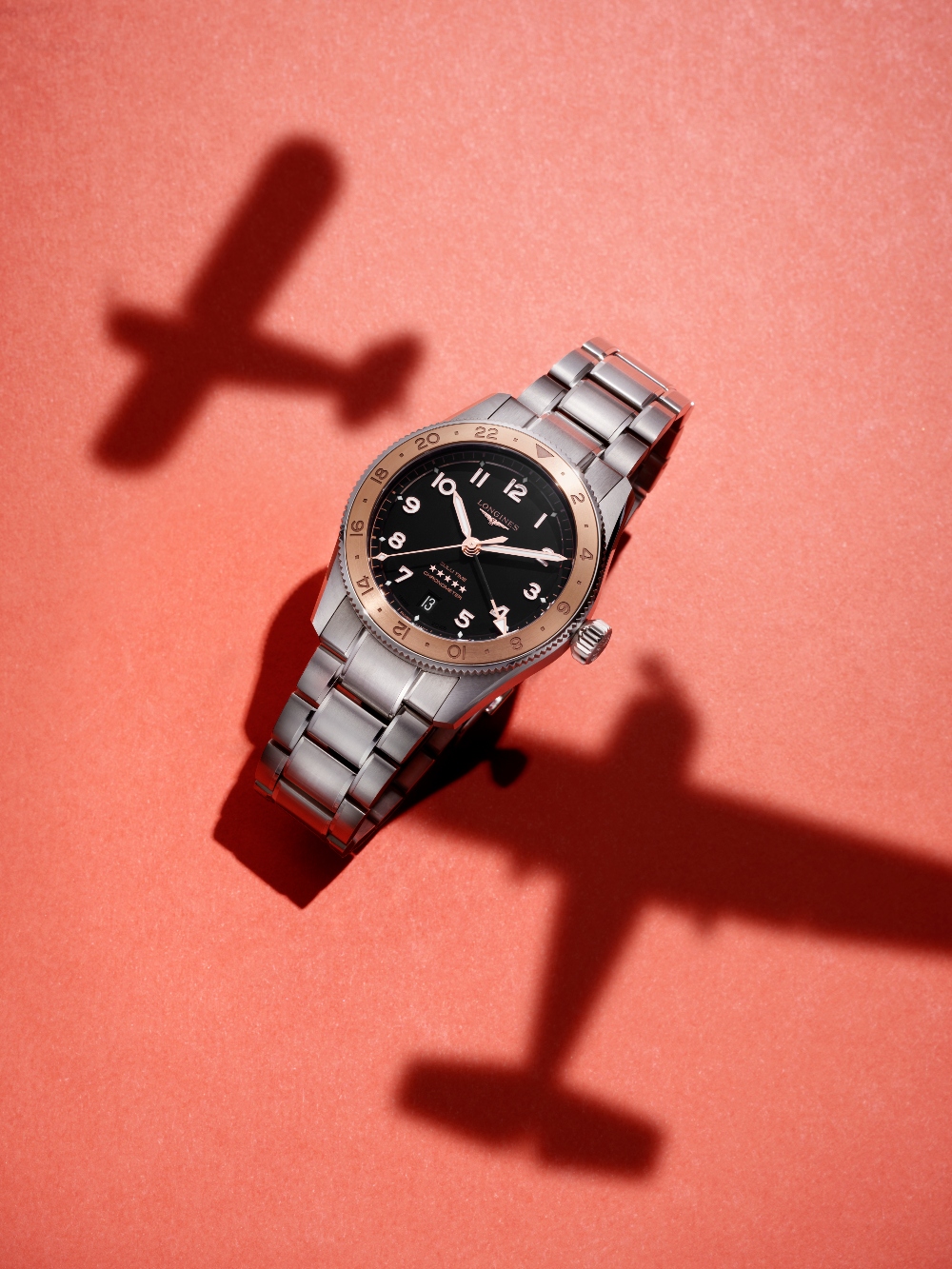
(Image photographed by Ching@GreenPlasticsSoldiers with Styling by CK Koo.)
The centenary of the Zulu Time lands alongside two other Spirit releases that broaden the pillar. The Spirit Pilot three-hander is a streamlined expression of the pilot’s watch idea. The stainless steel case measures 39mm and the profile is svelte enough (11.5mm) to sit easily under a cuff. The dial removes distractions and emphasises legibility with gilt hands and numerals against a matt black surface. Inside is the calibre L888.4, a self-winding movement with a silicon balance spring and a power reserve of about 72 hours. The model is chronometer-certified, and the construction now employs a screw down caseback for improved protection. Strap options include a stainless steel bracelet (we know, not a “strap” but forgive us this trespass), brown leather with micro adjustment, and a green rubber option that evokes modern flight gear. The model is offered in the following references: L3.809.4.53.6 (stainless steel bracelet), L3.809.4.53.2 (brown leather), and L3.809.4.53.9 (green rubber).
Changing tacks, the Spirit Pilot Flyback harkens back to a chapter of Longines history that deserves attention in any discussion of aviation timing. In the early 1930s, Longines developed the flyback chronograph for the wrist and filed a patent in 1935. The flyback feature allows a running chronograph to be reset and restarted with a single press of the pusher. For a pilot timing legs or approach fixes, the ability to reset and restart instantly is more than a convenience. It is operationally significant.
The contemporary Spirit Pilot Flyback houses a manual-winding column wheel chronograph calibre (designated L792.4). The case is 13.5mm in steel with a box-shaped sapphire crystal and a rotating bezel that now incorporates a countdown scale. The dial is matt black with gilt hands and numerals treated with luminous material. The watch is chronometer-certified and water-resistant to 100m. It is available on a bracelet or a leather strap with micro-adjustment. Again, for completeness, these are offered as references L3.721.4.53.6 (stainless steel bracelet) and L3.721.4.53.2 (brown leather strap).
These two references extend the story and elevate the breadth of the Spirit pillar. They serve to show that the Spirit collection is a living platform for different aspects of the Longines aviation story. Zulu Time addresses the need to read more than one timezone at once; the Spirit Pilot keeps pure pilot ergonomics front and centre; and the Spirit Pilot Flyback reminds us that Longines shaped the way pilots time successive intervals.
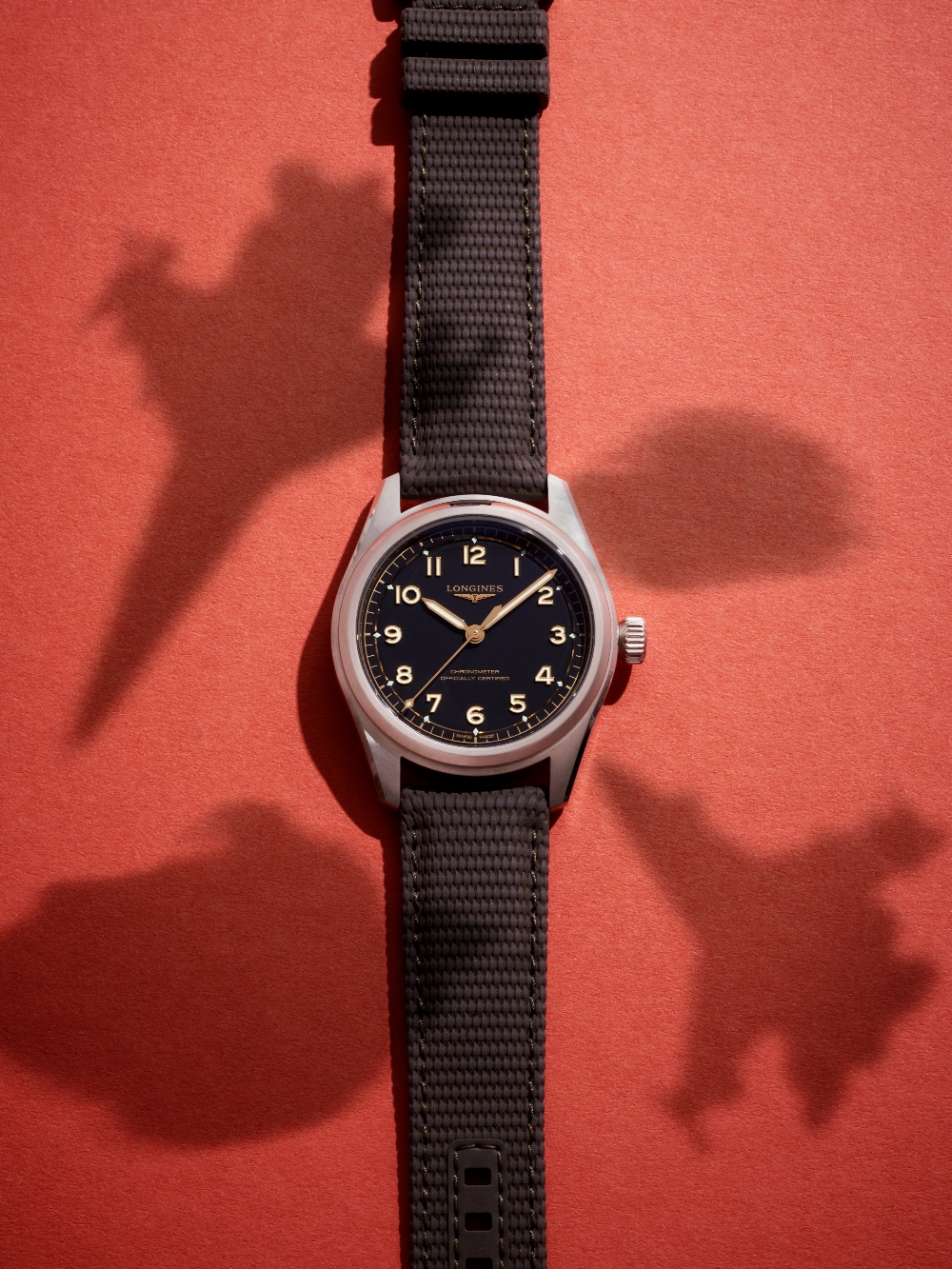
THE LONG THREAD: FROM 13.33Z TO 13ZN TO 30CH
When discussing travel and flight at Longines, it is natural to include the chronograph lineage that made the brand a reference point for timing. Yes, longtime readers may recall we promised to address this point after our chronograph special two years ago, and here it is! In 1913, Longines introduced the 13.33Z, one of the first chronograph movements designed for the wrist. It brought the stopwatch out of the pocket, into the cockpit and onto the officer’s sleeve (early models were all designed to be worn over jacket sleeves, which pilots had to keep on to protect them from the elements). The movement beat at 18,000 vibrations per hour, offered a 30-minute elapsed time counter, and used a monopusher control through the crown or an integrated button. It proved that a compact wrist chronograph could deliver the precision required by professionals.
In 1936, the 13ZN appeared and left an imprint on the entire history of mechanical chronographs. The 13ZN is often discussed for its flyback function and for its elegant architecture. The column wheel is crisply executed. The levers are shaped for both function and visual harmony. The movement can be found in configurations that include central minute recording and different dial arrangements. What matters here is not only the variety but the link to aviation. A flyback wrist chronograph in the 1930s was a natural companion to Zulu Time instruments and to the cockpit clocks that Longines supplied. It allowed timing to be restarted without the pause of a stop-and-reset cycle, and it did so with a tactile snap that remains satisfying to this day.
After WWII, the 30CH calibre refined the concept in a slightly larger format. It maintained the flyback capability and continued the language of robust parts and clear control. Collectors still seek out these movements because they represent a period when useful complications were made to a level that could withstand rough use. In a current Spirit chronograph, one sees a present-day movement with silicon components and greater resistance to magnetism, yet the purpose is unchanged. It is still about timing well and timing reliably.
SPORTS TIMING AND THE PUBLIC FACE OF PRECISION
Longines built much of its public reputation through official timekeeping duties at sporting events. The house applied electromechanical systems to equestrian competitions in the 1920s, supported grand prix motor races in the 1930s, and later contributed at the Winter Olympics at Chamonix. These activities were not always profitable in a narrow sense, yet they created trust among organisers and athletes by demonstrating capability in public. A stopwatch that starts every time and a photo finish that stands up to scrutiny are as persuasive as any advertisement – as all watchmakers engaged in the serious business of timing accuracy can attest. Timekeeping duties also feed directly back to the engineering teams who must deliver repeatable accuracy under weather and stress.
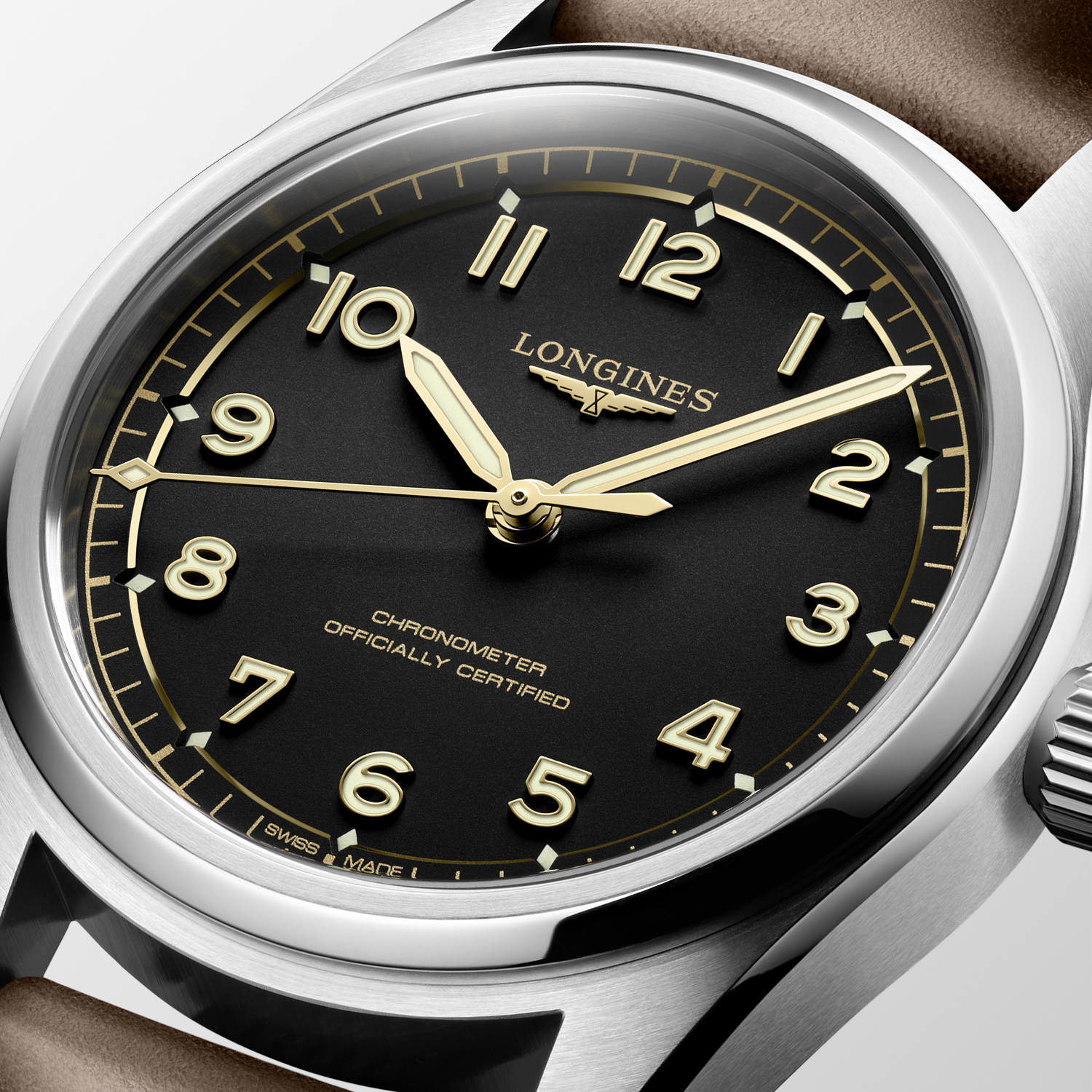
The same outlook informs the travel instruments. A traveller needs a watch that will hold its rate through temperature changes, minor shocks, and magnetic fields. The silicon balance spring and anti-magnetic alloys in the modern Spirit Zulu Time are the current expression of this requirement. Chronometer certification is the external audit that a traveller can understand at a glance. The design language of the Spirit line is therefore not a reprise of styling cues. It is a set of functional decisions that happen to look, well, timeless (this is one of few instances that this awful word will be tolerated in serious horological discussions).
DESIGN AS A LANGUAGE OF FUNCTION
The design of the Spirit Zulu Time 1925 is restrained and, in keeping with what we just wrote, functional. The numerals are large enough to read quickly. The hand shapes are distinct so that hours and minutes are never confused. The 24-hour hand uses a clear arrow tip so that the second timezone is unambiguous. The bezel is bidirectional for ease of setting a third time reference and the engraving is deep enough to resist wear. The crown screws down to preserve water-resistance without feeling stiff. The crystal is domed and treated to reduce reflections. None of these features is dramatic in isolation, yet together they create a watch that can be read and used in varying light and in varying environments without complaint.
There is a symbolic layer too. The five stars on the dial are an old Longines motif used to indicate a level of movement quality. On the centenary Zulu Time, they sit above the date window at six o’clock. The rotor engraving shows a planisphere bisected by the Prime Meridian. The rose gold cap on the bezel is a material memory of Greenwich. These choices keep the anniversary grounded in real places and objects. They avoid sentimentality by placing symbols where they also serve as functional details.
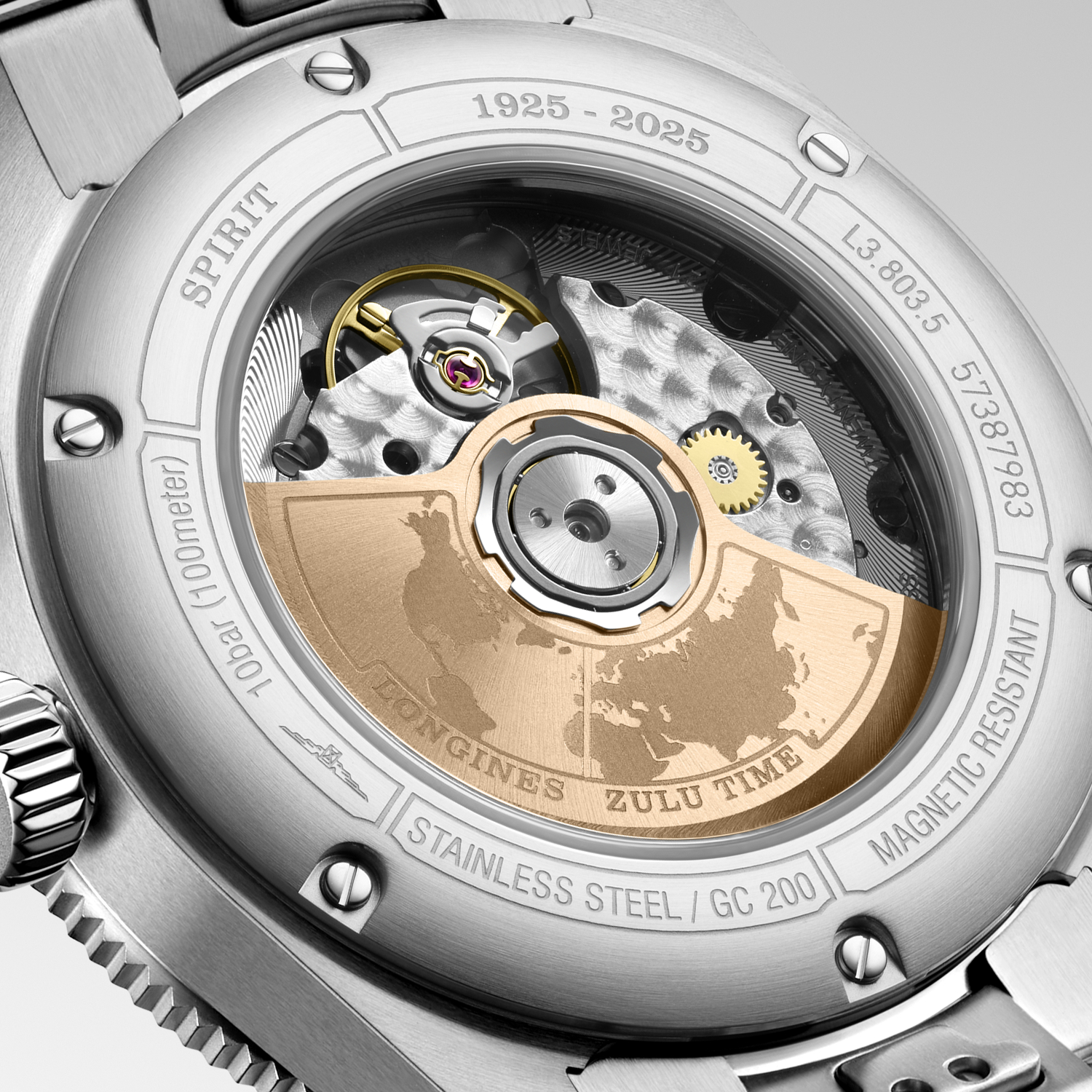
WHY THE ZULU TIME STORY MATTERS NOW
Today, travellers juggle meetings across continents and homes separated by oceans. The phone can tell the time anywhere, yet a mechanical GMT remains desirable because it turns a daily act into a comfortable ritual. Pull the crown. Jump the local hour forward or back without stopping the seconds. Glance at the 24-hour hand to check the time for a colleague in another city. Rotate the bezel to track a third zone on a long connection. The watch offers a calm sequence of actions, free of alerts and, crucially, signal loss.
Longines is well placed to make such objects because it made them before smartphones existed and before jet aircraft made crossing timezones commonplace. The Zulu Time story is true to the brand’s past and useful to its future. It is not a throwback. It is the continuity of function. The centenary edition simply makes the continuity explicit and ties it to a clear historical reference point.
SETTING THE TIME FOR THE NEXT CENTURY
The Spirit Zulu Time 1925 marks a hundred years since Longines placed a global time code on a wristwatch dial. It does so with a design that respects practical use and with a movement that meets modern standards for accuracy and resistance to magnetism. Around it, the Spirit Zulu Time family continues to evolve in size and material, and the Spirit Pilot three-hander and Spirit Pilot Flyback carry forward the parallel strands of pilot ergonomics and chronograph timing. The larger narrative extends back through the Turkish Watches, cockpit clocks, Weems and Lindbergh navigation watches, and the 13.33Z, 13ZN, and 30CH chronographs. It also extends forward to travellers who want an instrument that makes sense of their lives across meridians.
There are brands whose legacy rests on isolated icons. Longines offers something different. It offers a pattern of useful inventions joined by a steady manufacturing philosophy. The Zulu Time 1925 is the clearest expression of that pattern today. It reminds us that a wristwatch can remain a precise instrument and a companion, a way to measure distance as much as duration, and a link between people who ask each other a simple question from far away. What time is it there?
A portion of the images in this article were photographed by Ching@GreenPlasticsSoldiers with Styling by CK Koo.
This story was first seen as part of the WOW Legacy 2025 Issue
For more on the latest in luxury watch reads, click here.
The post Longines Marks a Century of Global Timekeeping with the Spirit Zulu Time 1925 appeared first on LUXUO.



